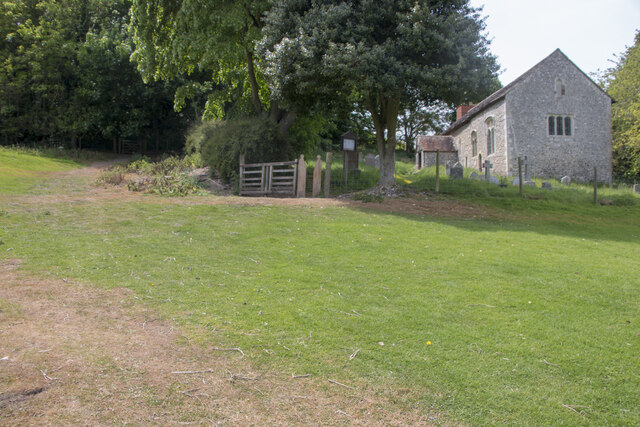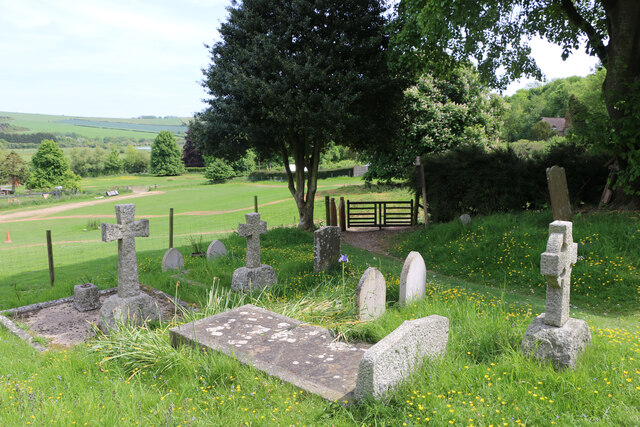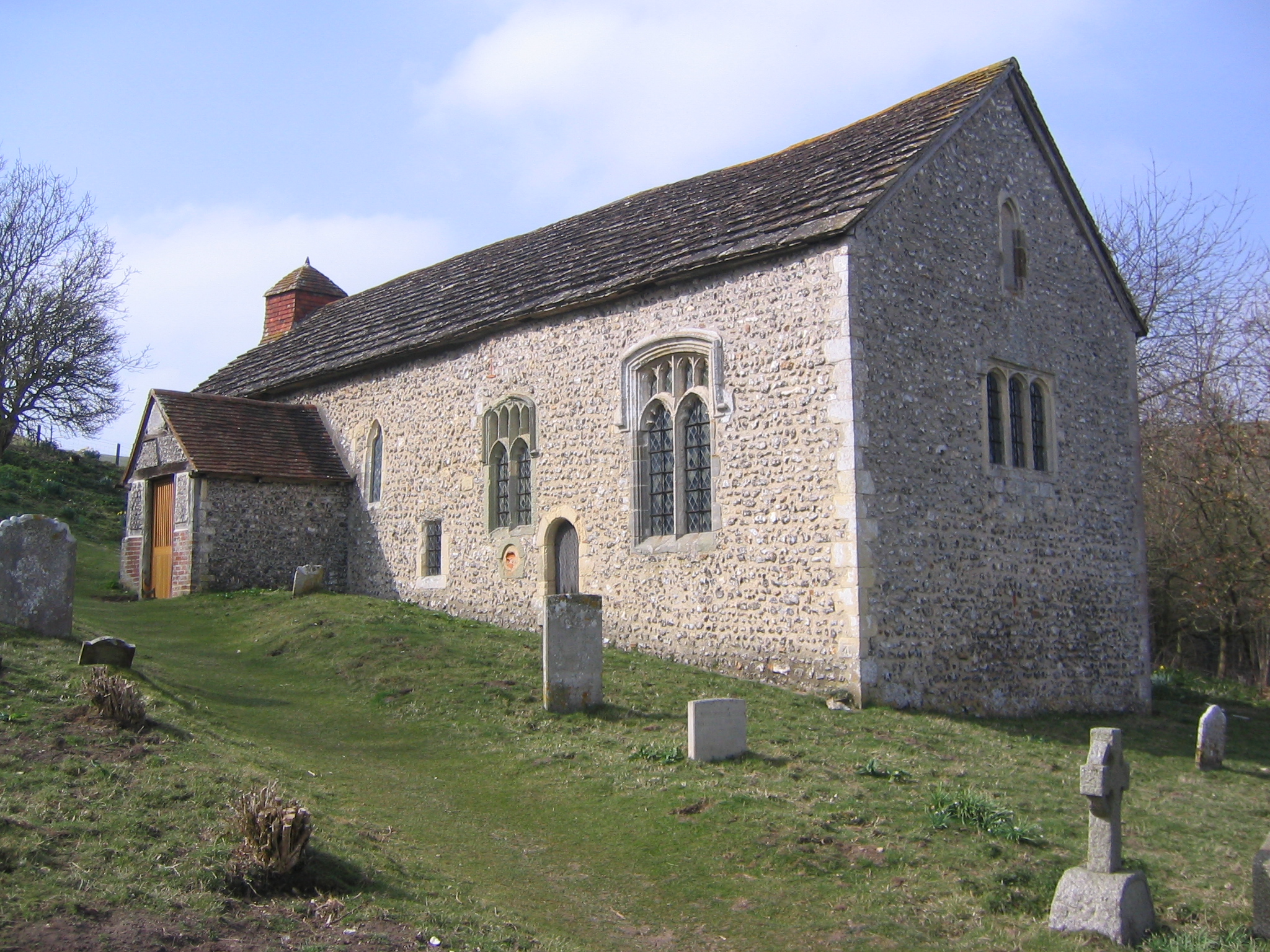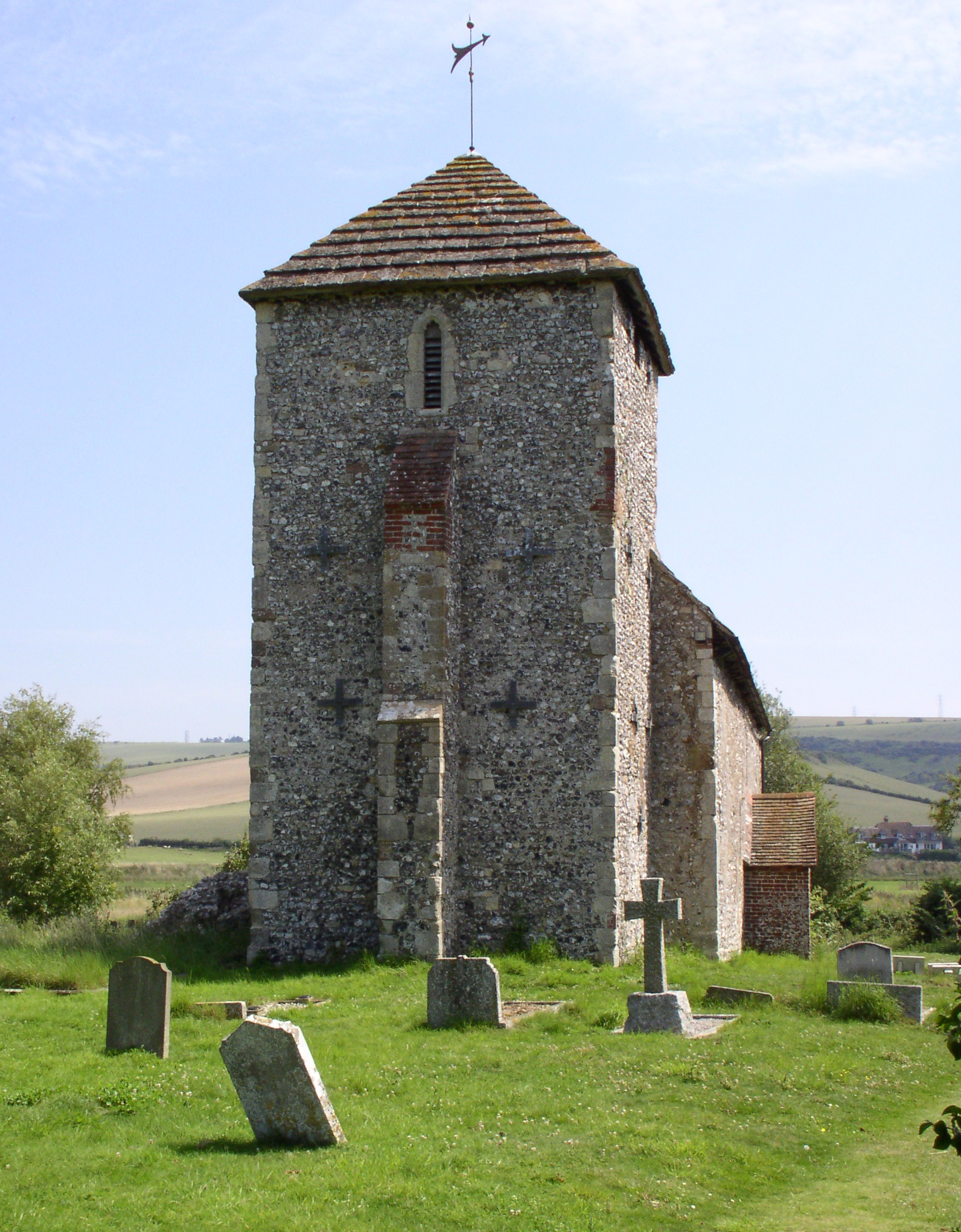Winding Bottom
Valley in Sussex Horsham
England
Winding Bottom

Winding Bottom, Sussex (Valley) is a picturesque region located in the county of Sussex, England. Nestled within the South Downs National Park, it is known for its serene beauty and charming countryside landscapes. The valley is aptly named after the meandering river that winds through its lush green fields.
The area boasts an abundance of natural beauty, with rolling hills covered in vibrant wildflowers and ancient woodlands. Visitors to Winding Bottom can enjoy scenic walks and hikes along the many well-marked trails that crisscross the valley. The tranquility of the surroundings makes it a popular destination for nature lovers and outdoor enthusiasts.
Winding Bottom is also home to a rich variety of wildlife, including deer, foxes, and a wide array of bird species. Birdwatchers flock to the area to catch a glimpse of the rare and elusive species that inhabit the region.
In addition to its natural wonders, Winding Bottom offers a glimpse into the past with its historic sites. The valley is dotted with quaint villages and hamlets, each with its own unique charm and architecture. The local churches and historic buildings provide a fascinating insight into the area's cultural heritage.
For those seeking a peaceful retreat away from the hustle and bustle of city life, Winding Bottom, Sussex (Valley) offers a tranquil haven of natural beauty and historical significance. Whether it's exploring the winding river paths or immersing oneself in the local history, this idyllic valley has something to offer for everyone.
If you have any feedback on the listing, please let us know in the comments section below.
Winding Bottom Images
Images are sourced within 2km of 50.867706/-0.31637956 or Grid Reference TQ1808. Thanks to Geograph Open Source API. All images are credited.
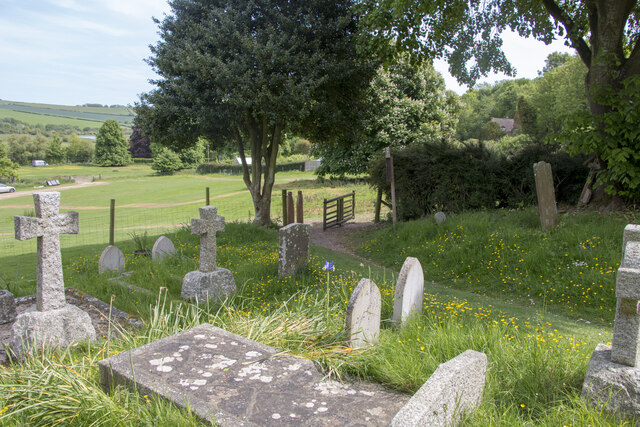
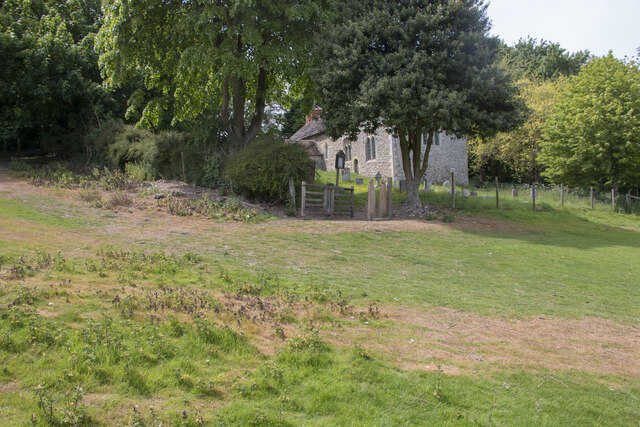
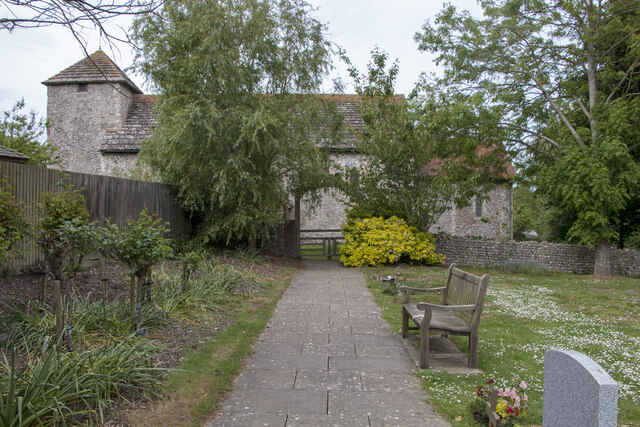
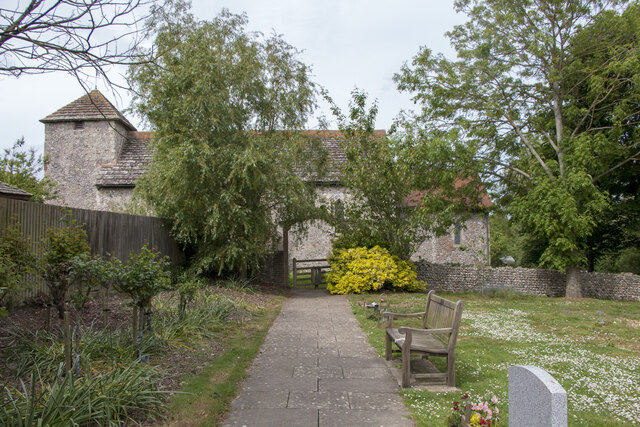
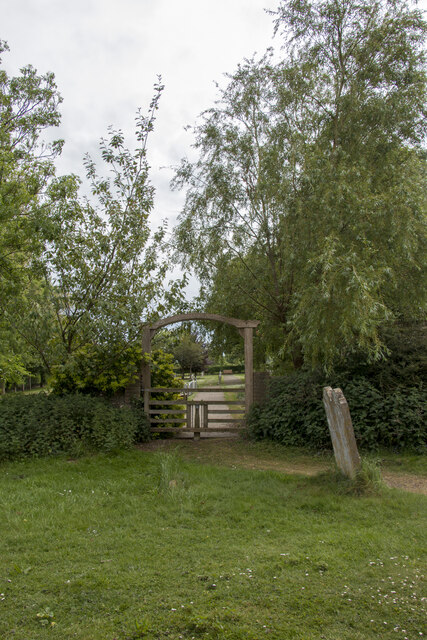
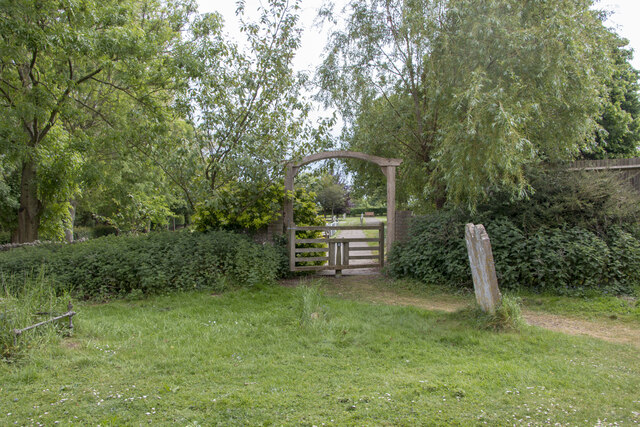
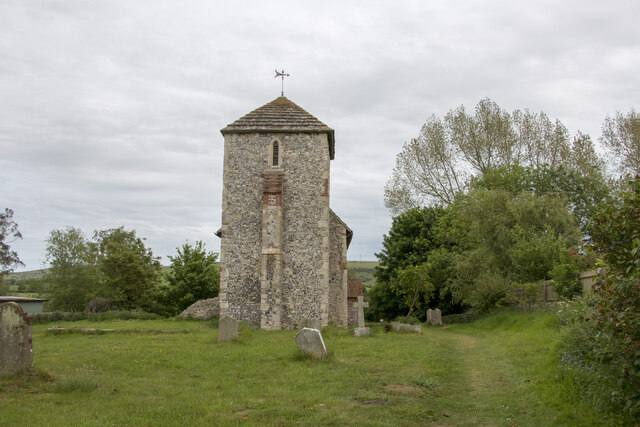
Winding Bottom is located at Grid Ref: TQ1808 (Lat: 50.867706, Lng: -0.31637956)
Administrative County: West Sussex
District: Horsham
Police Authority: Sussex
What 3 Words
///form.dries.changes. Near Steyning, West Sussex
Nearby Locations
Related Wikis
Coombes
Coombes is a small village and civil parish in the Adur District of West Sussex, England. The village is in the Adur Valley 2 miles (3.2 km) northwest...
Botolphs
Botolphs, formerly known as Annington, is a tiny village and former civil parish, now in the parish of Bramber, in the Horsham District of West Sussex...
St Botolph's Church, Botolphs
The Grade I listed Saxon church of St Botolph's at Botolphs, West Sussex, England, is situated in the valley of the River Adur and is now part of the Church...
Coombes Church
Coombes Church is a Church of England parish church in the rural hamlet of Coombes in the Adur District of West Sussex, England. It has served the rural...
Bramber railway station
Bramber was a railway station in England on the Steyning Line which served the village of Bramber. The station was patronised by tourists visiting nearby...
Bramber
Bramber is a former manor, village and civil parish in the Horsham District of West Sussex, England. It has a ruined mediaeval castle which was the caput...
Battle of Bramber Bridge
The Battle of Bramber Bridge was a minor skirmish that took place on 13 December 1643, during the First English Civil War. A Royalist detachment from...
Upper Beeding
Upper Beeding is a village and civil parish in the Horsham District of West Sussex, England. It is located at the northern end of the River Adur gap in...
Nearby Amenities
Located within 500m of 50.867706,-0.31637956Have you been to Winding Bottom?
Leave your review of Winding Bottom below (or comments, questions and feedback).
